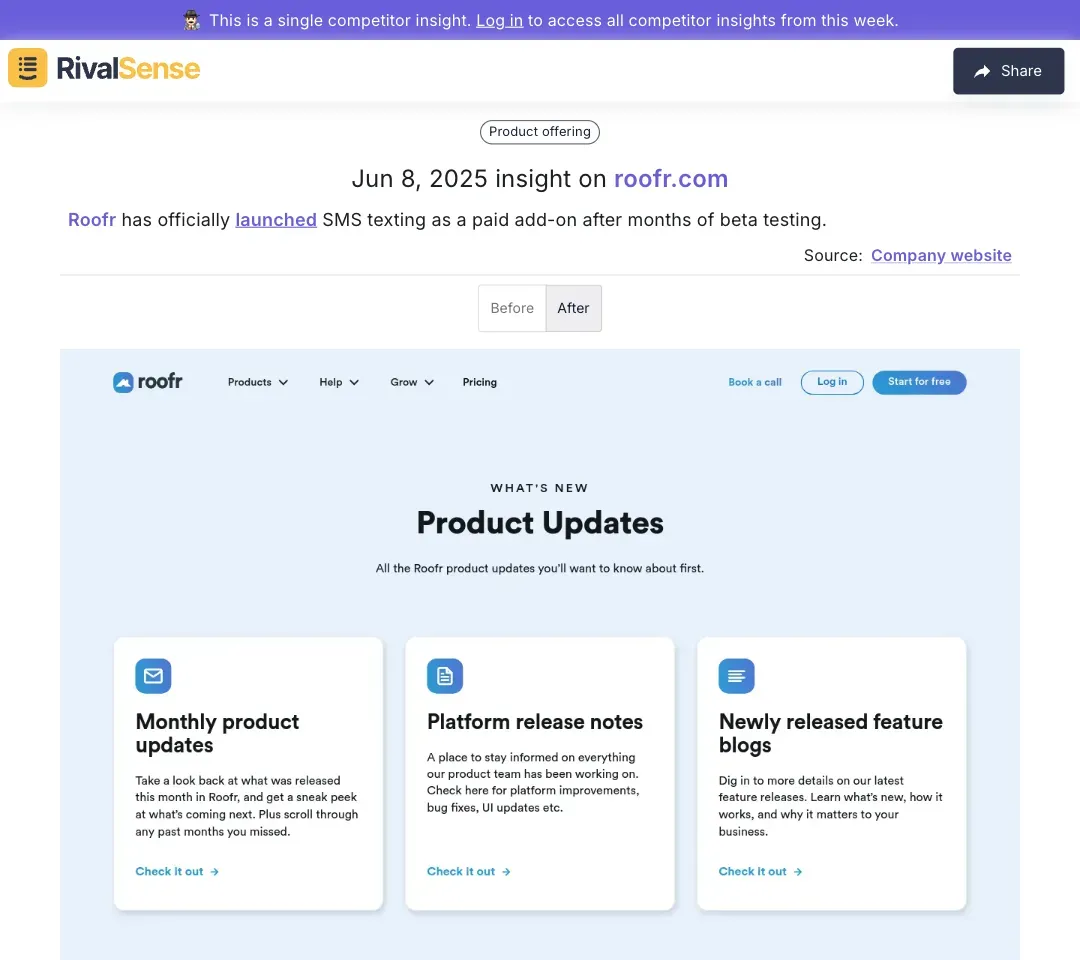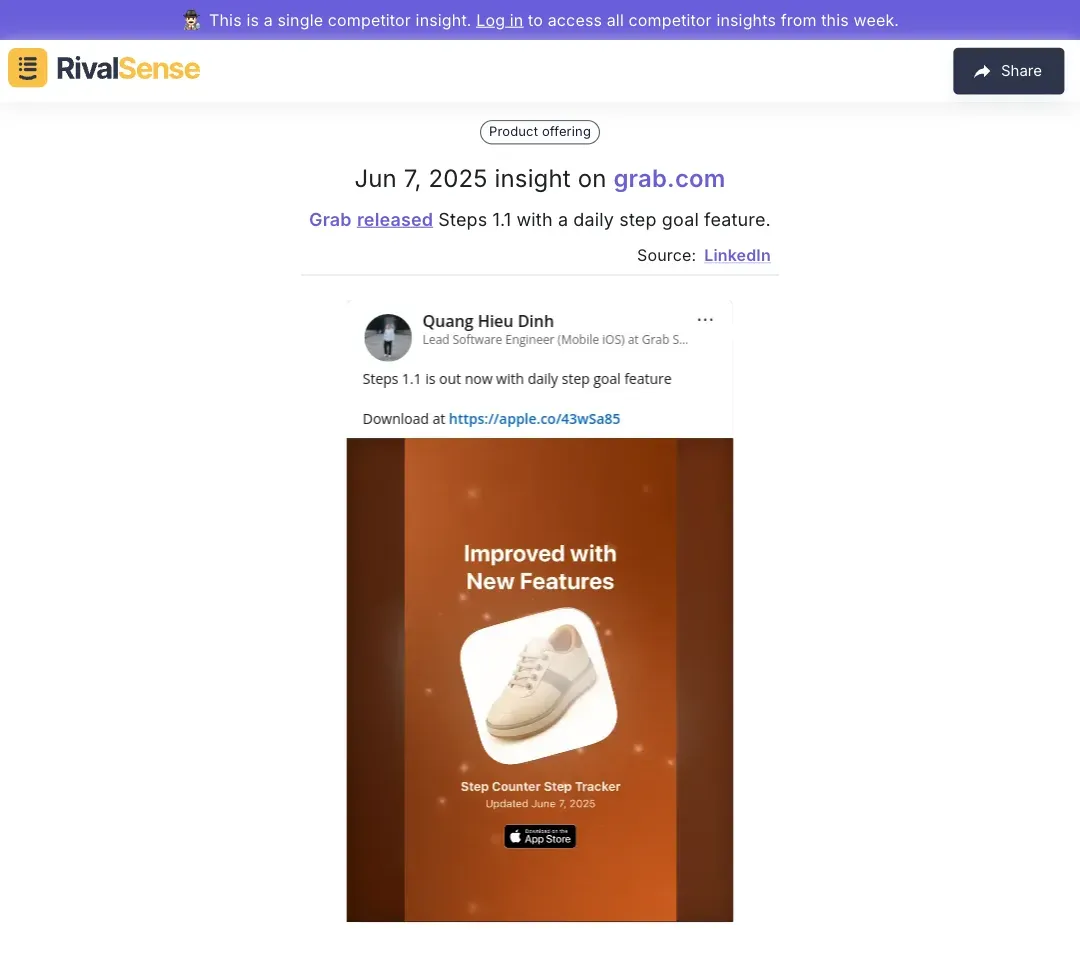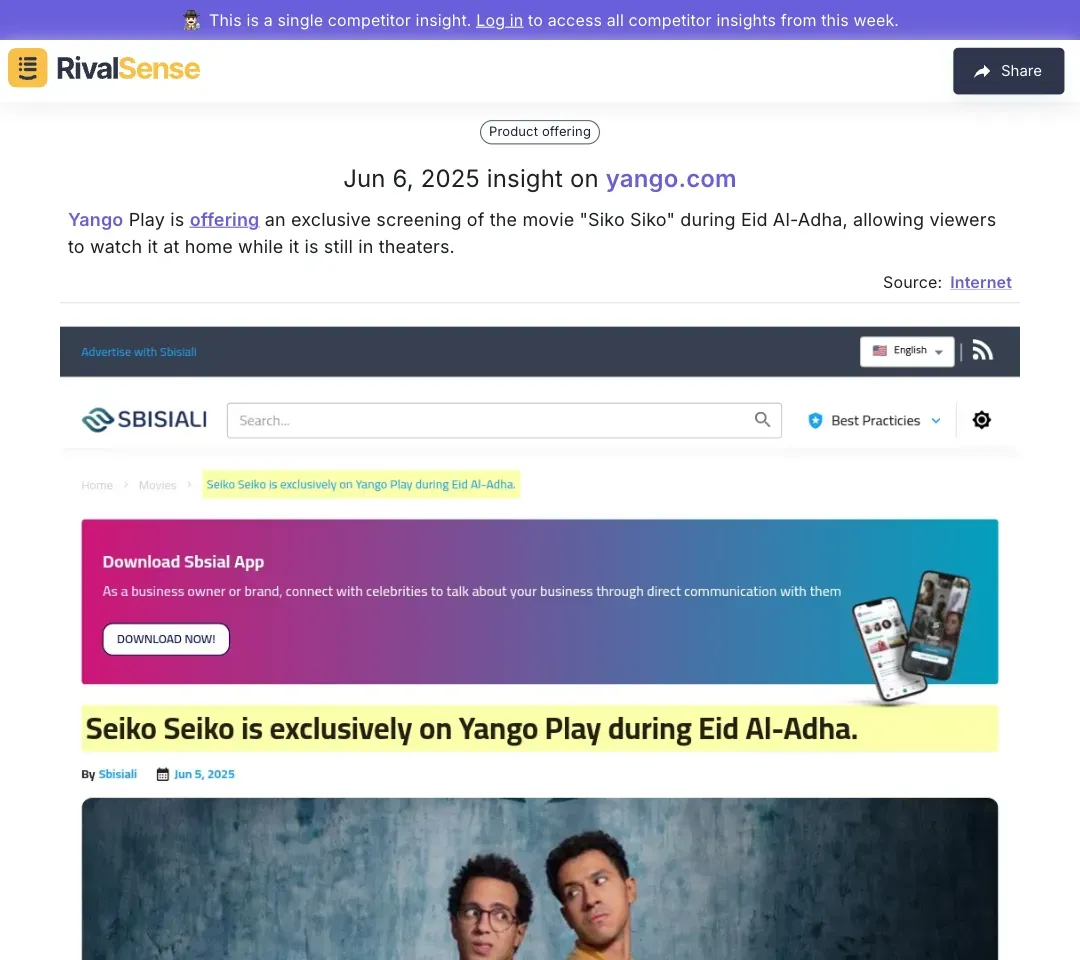Navigating Tariff Uncertainty: How Competitive Intelligence Becomes Your Strategic Compass
In today's rapidly evolving global market, businesses face unprecedented challenges navigating tariff uncertainty. Sudden trade policy shifts can disrupt supply chains, alter competitive landscapes, and force overnight pricing strategy changes. During such volatility, competitive intelligence transforms from a nice-to-have into an essential survival tool. This post explores how real-time competitor insights can help businesses adapt during tariff turbulence, with practical examples of intelligence-driven decision making.
The Impact of Tariff Uncertainty on Businesses
Tariff changes create ripple effects across entire industries, impacting production costs, supplier relationships, and customer pricing sensitivity. When import duties suddenly increase, companies face tough choices: absorb shrinking margins or risk losing price-sensitive customers. The automotive industry saw 23% cost fluctuations during recent steel tariffs, forcing strategic pivots across the sector. Proactive monitoring of competitor responses becomes critical in these scenarios to avoid reactive, costly decisions.
Here are three immediate actions businesses can take:
- 📊 Conduct supply chain vulnerability assessments quarterly
- 🔍 Identify alternative suppliers in non-tariff regions
- 💡 Develop tiered pricing models with built-in tariff buffers
The Role of Competitive Intelligence
Competitive intelligence involves systematically gathering and analyzing competitor activities to inform strategic decisions. During tariff uncertainty, this intelligence helps businesses anticipate market shifts rather than just react to them. By understanding how competitors adapt to new cost structures, companies can develop more resilient strategies.
Key intelligence focus areas during tariff changes:
| Intelligence Type | Strategic Value | Actionable Response |
|---|---|---|
| Pricing Adjustments | Reveals market tolerance levels | Develop phased pricing rollout plans |
| Supply Chain Shifts | Uncovers alternative sourcing options | Audit secondary supplier networks |
| Product Modifications | Shows feature-based value preservation | Identify non-material value additions |
| Regulatory Responses | Signals industry lobbying efforts | Join collective exemption petitions |
Real-World Competitive Intelligence in Action
These recent examples demonstrate how different types of competitor intelligence create strategic advantages, especially during tariff pressure:
Product Launch: Roofr SMS Paid Add-on

Roofr officially launched SMS texting as a paid add-on after beta testing. Why this matters: New monetization features signal how competitors offset cost pressures without raising core prices. Tracking such launches helps identify service-based revenue opportunities when tariffs squeeze physical product margins.
Feature Update: Grab Steps 1.1 Release

Grab released Steps 1.1 with daily step goals. Why this matters: Feature enhancements reveal how competitors maintain user engagement without price changes. During tariff uncertainty, such non-monetary value additions help retain price-sensitive customers.
Promotional Event: Yango Play Movie Screening

Yango Play offered exclusive at-home screenings during Eid. Why this matters: Limited-time promotions indicate how competitors leverage cultural moments to boost retention. When tariffs increase customer acquisition costs, such retention-focused tactics become crucial.
How Automated Tracking Transforms Intelligence
Manually monitoring competitors across websites, registries, and social media is impractical during fast-moving tariff changes. Comprehensive tracking requires specialized tools that deliver filtered, actionable insights. RivalSense solves this by monitoring 80+ sources for critical developments:
- 🔔 Real-time pricing change alerts across competitor catalogs
- 🌐 Supply chain shift detection through supplier registry updates
- 📅 Event-driven promotion tracking across social platforms
- ⚖️ Regulatory filing monitoring for exemption clues
Instead of drowning in data, you receive curated weekly reports highlighting only impactful competitor moves. For example, when tariffs impacted electronics imports last quarter, RivalSense users received alerts about three competitors shifting to Vietnamese suppliers within 24 hours of registry updates.
Building Your Tariff Response Framework
Turn intelligence into action with this checklist:
✅ Weekly competitor pricing scans - Note percentage changes and bundling tactics
✅ Monthly supply chain audits - Track shipping manifests and supplier registrations
✅ Quarterly feature comparisons - Document value-added service developments
✅ Biannual regulatory reviews - Monitor trade association lobbying efforts
Remember: Companies acting on intelligence within 48 hours of tariff announcements preserve 3x more margin than slower responders. Speed comes from having systems already in place.
Conclusion
Tariff uncertainty transforms competitive intelligence from strategic advantage to operational necessity. By systematically tracking competitor pricing, supply chain moves, product changes, and regulatory engagements, businesses can navigate trade policy volatility with confidence. The examples shown demonstrate how real-time intelligence informs critical decisions - whether matching innovative pricing models or identifying alternative suppliers before shortages hit.
Don't fly blind through tariff turbulence. 👉 Try RivalSense for free and get your first competitor intelligence report today. Discover how automated tracking across websites, registries, and social platforms gives you the insights needed to transform uncertainty into opportunity.
📚 Read more
👉 Decoding Executive Moves: How Stephen Kruger's Transition Impacts Competitive Landscapes
👉 How Trend Micro's Android Botnet Research Reveals Critical Competitive Shifts
👉 Practical Competitive Intelligence for Leadership: A Step-by-Step Guide
👉 Step-by-Step Guide to Strategic AR/VR Competitive Research
